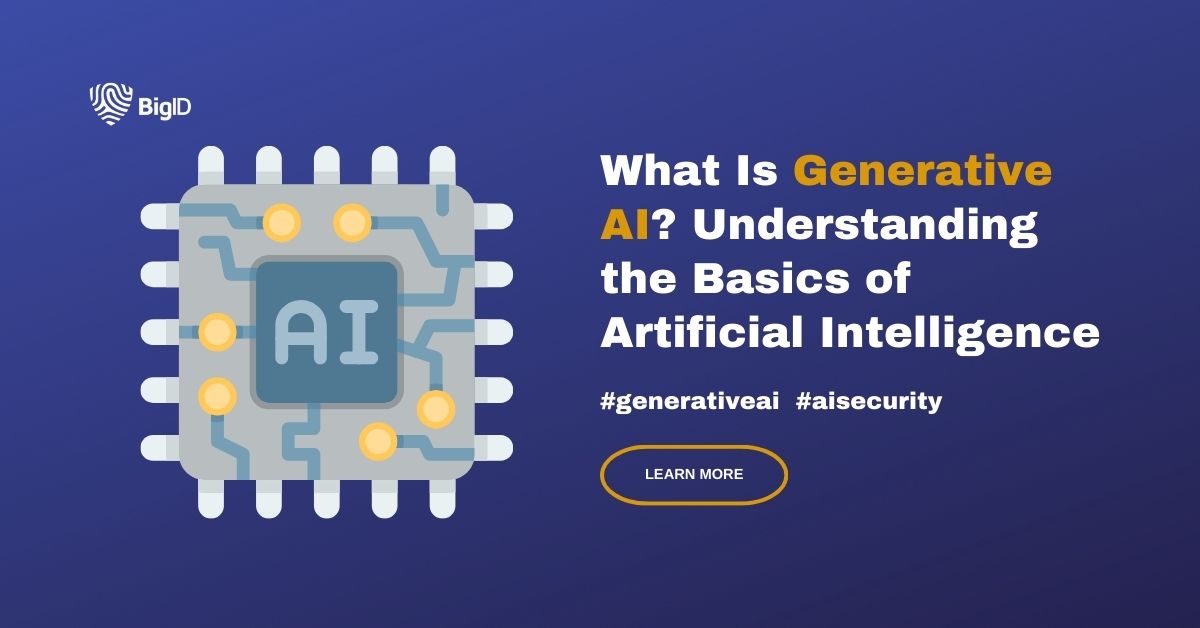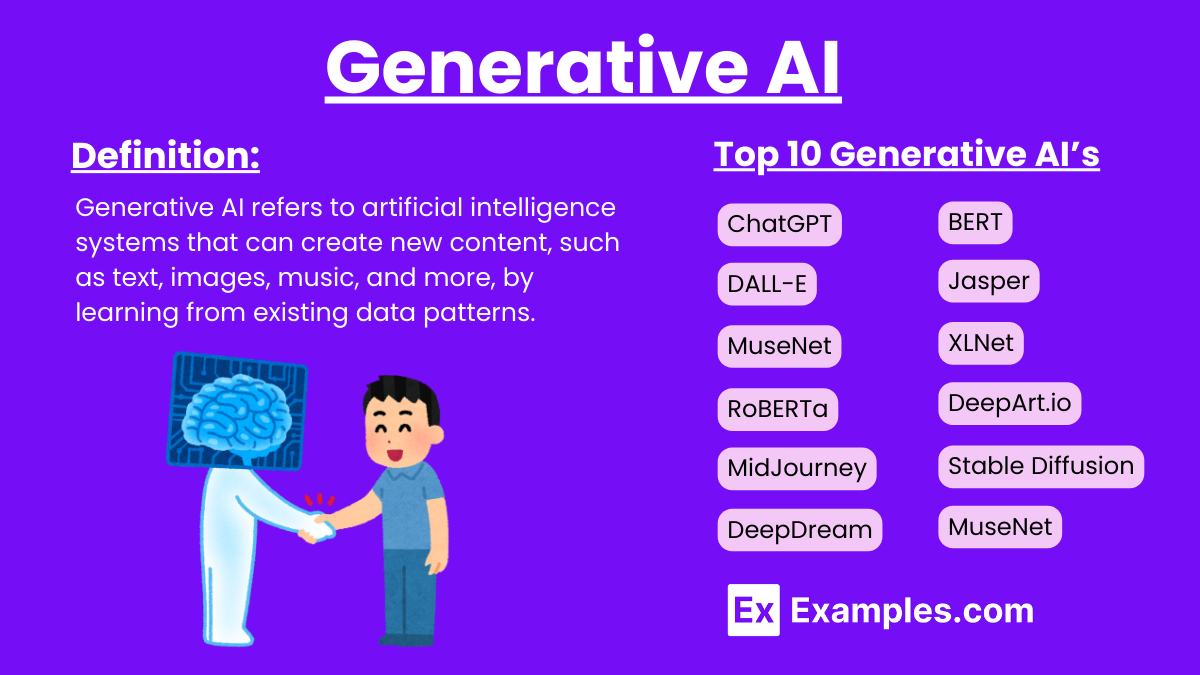All Categories
Featured
That's why so several are applying dynamic and intelligent conversational AI models that clients can engage with via message or speech. GenAI powers chatbots by comprehending and creating human-like message reactions. Along with client service, AI chatbots can supplement marketing initiatives and assistance inner communications. They can likewise be integrated right into sites, messaging apps, or voice assistants.
A lot of AI firms that train big versions to generate message, photos, video, and audio have actually not been clear about the material of their training datasets. Numerous leaks and experiments have exposed that those datasets consist of copyrighted material such as publications, newspaper write-ups, and movies. A number of lawsuits are underway to determine whether use copyrighted material for training AI systems comprises fair use, or whether the AI business require to pay the copyright owners for use their product. And there are naturally many groups of poor stuff it can in theory be utilized for. Generative AI can be made use of for tailored rip-offs and phishing strikes: For instance, utilizing "voice cloning," scammers can replicate the voice of a certain individual and call the person's household with an appeal for assistance (and cash).

(At The Same Time, as IEEE Range reported today, the U.S. Federal Communications Commission has actually responded by forbiding AI-generated robocalls.) Image- and video-generating devices can be utilized to create nonconsensual porn, although the devices made by mainstream companies refuse such usage. And chatbots can theoretically stroll a would-be terrorist with the steps of making a bomb, nerve gas, and a host of various other scaries.
What's even more, "uncensored" variations of open-source LLMs are around. In spite of such potential issues, lots of people think that generative AI can also make individuals more effective and might be made use of as a tool to enable totally brand-new kinds of imagination. We'll likely see both calamities and imaginative flowerings and plenty else that we don't anticipate.
Find out more about the mathematics of diffusion versions in this blog post.: VAEs contain two semantic networks typically described as the encoder and decoder. When provided an input, an encoder transforms it right into a smaller sized, extra thick representation of the information. This pressed representation preserves the information that's required for a decoder to rebuild the original input information, while throwing out any kind of irrelevant information.
Ai And Iot
This allows the customer to conveniently example new concealed representations that can be mapped via the decoder to produce unique information. While VAEs can create outputs such as images much faster, the pictures produced by them are not as detailed as those of diffusion models.: Uncovered in 2014, GANs were considered to be the most generally used methodology of the three before the current success of diffusion designs.
The 2 models are trained with each other and get smarter as the generator creates much better web content and the discriminator gets better at detecting the generated web content. This procedure repeats, pressing both to continuously enhance after every version till the generated content is indistinguishable from the existing web content (AI in banking). While GANs can offer premium examples and create outcomes quickly, the example variety is weak, therefore making GANs much better suited for domain-specific information generation
Among the most preferred is the transformer network. It is necessary to comprehend how it operates in the context of generative AI. Transformer networks: Similar to recurrent neural networks, transformers are designed to refine sequential input data non-sequentially. Two mechanisms make transformers especially adept for text-based generative AI applications: self-attention and positional encodings.
Generative AI begins with a foundation modela deep knowing model that serves as the basis for several different kinds of generative AI applications. Generative AI tools can: Respond to prompts and concerns Produce photos or video clip Sum up and synthesize info Modify and modify content Generate imaginative works like musical structures, stories, jokes, and poems Create and deal with code Adjust information Create and play games Abilities can differ significantly by device, and paid versions of generative AI tools typically have actually specialized functions.

Generative AI tools are regularly learning and evolving yet, since the day of this publication, some limitations consist of: With some generative AI tools, regularly incorporating actual research study right into text remains a weak performance. Some AI tools, as an example, can produce message with a reference list or superscripts with links to sources, yet the recommendations typically do not represent the message produced or are fake citations made of a mix of genuine publication information from multiple resources.
ChatGPT 3.5 (the cost-free version of ChatGPT) is trained utilizing data available up till January 2022. ChatGPT4o is educated using data readily available up until July 2023. Other tools, such as Bard and Bing Copilot, are constantly internet linked and have access to existing info. Generative AI can still compose potentially wrong, simplistic, unsophisticated, or biased reactions to concerns or triggers.
This checklist is not thorough however features some of the most commonly made use of generative AI tools. Devices with free variations are suggested with asterisks. (qualitative research study AI assistant).
Latest Posts
Ai For Developers
How Does Ai Enhance Customer Service?
What Is Reinforcement Learning?